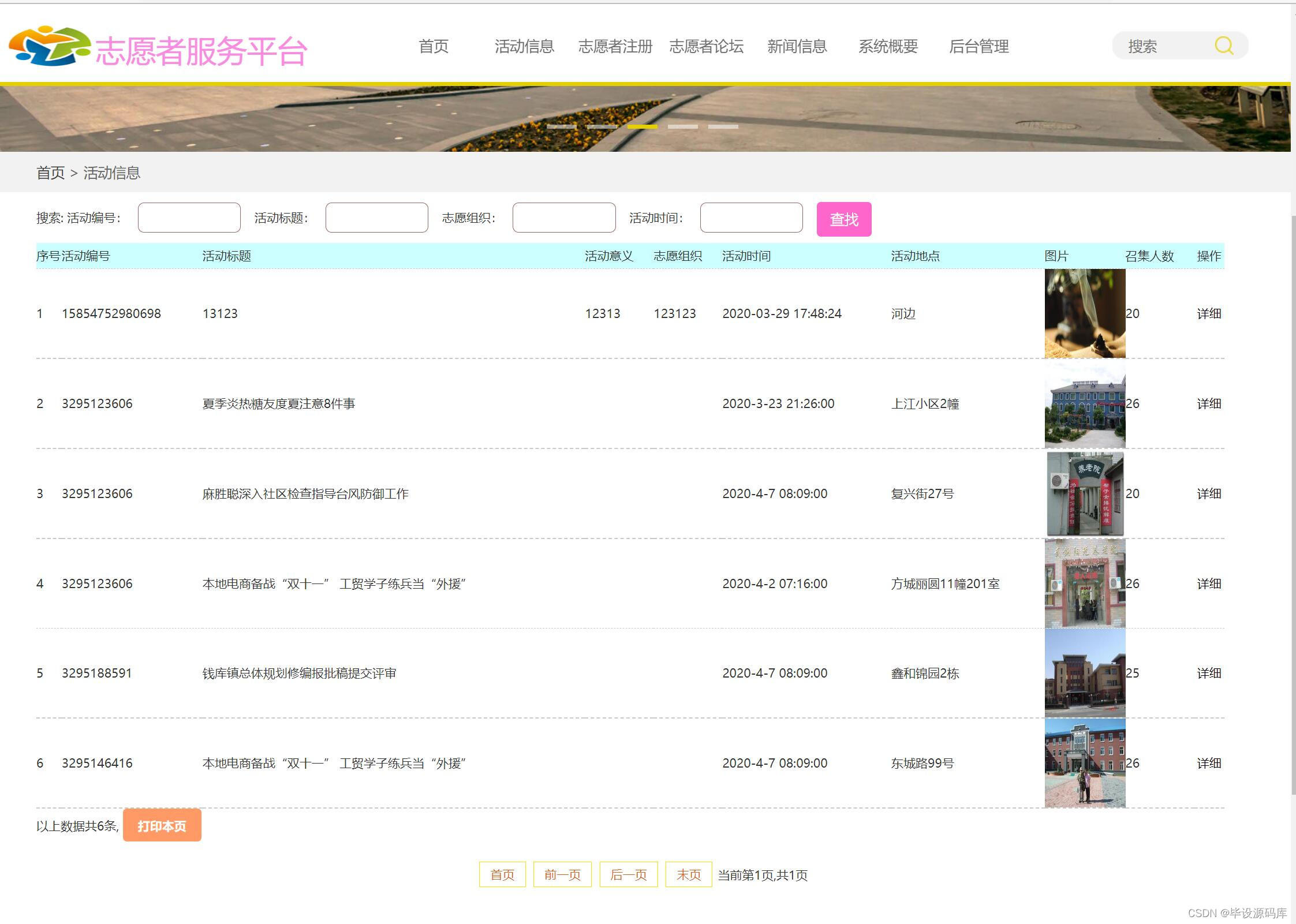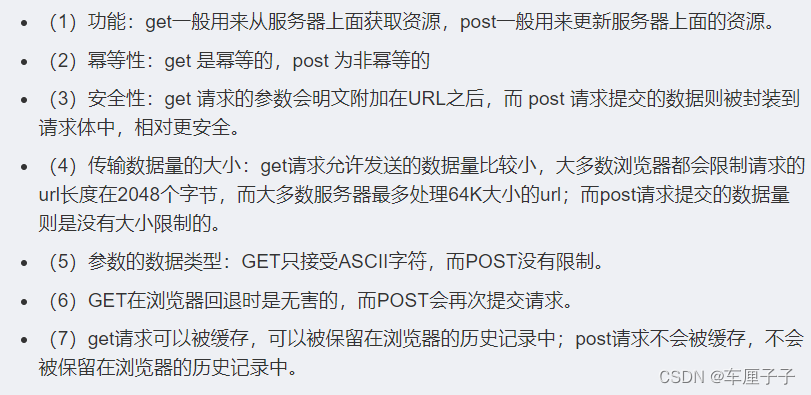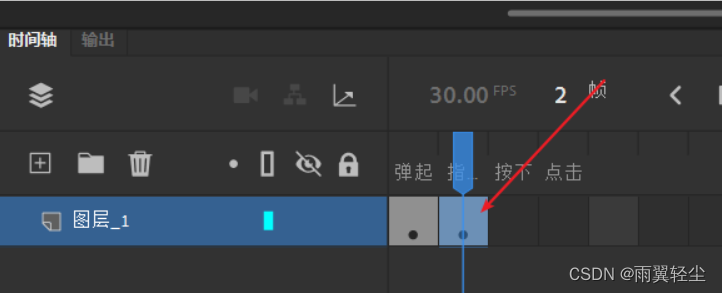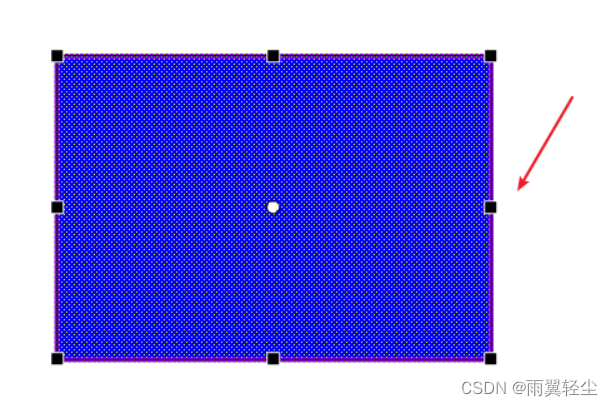当前位置:网站首页>Multithreading in Redis 6
Multithreading in Redis 6
2022-08-03 13:14:00 【Cloud full of notes】
Fill in the title here
1. Multithreading for Redis 6
I was talking to my colleague about Redis yesterday. He asked me how I was doing with Redis. I said I was doing okay, and then he suddenly asked "Do you know that Redis now supports multithreading?", I was stunned for a while,Isn't Redis always single-threaded, why does it suddenly support multi-threading? I feel like a second, so hurry back and check the relevant information, or I won't dare to say that I know Redis in the future
1.1. Redis Knowledge Review
Let's review the relevant knowledge of Redis single-threaded mode first. We all know that the main reason why Redis is fast is because of the epool I/O multiplexing model. Let's briefly discuss:
- First of all, Redis runs in a single thread, and all operations are performed linearly in order, but since read and write operations are blocked waiting for user input or output, I/O operations are oftenIt cannot be returned directly, which will cause the I/O blocking of a file to cause the entire process to be unable to provide services to other clients, and I/O multiplexing appears to solve this problem.
- Multi-channel I/O multiplexing model is to use select, poll, epoll to monitor the I/O events of multiple streams at the same time. When idle, the current thread will be blocked. When there are one or moreWhen the stream has an I/O event, it wakes up from the blocking state, so the program polls all the streams (epoll is only polling those streams that actually emit events), and only processes the ready streams in sequence,This approach avoids a lot of useless operations.
- Here, "multiplexing" refers to multiple network connections, and "multiplexing" refers to multiplexing the same thread.The use of multi-channel I/O multiplexing technology allows a single thread to efficiently process multiple connection requests (minimize the time consumption of network IO), and Redis operates data in memory very fast, that is, in-memory operations are notIt will become a bottleneck affecting the performance of Redis, mainly due to the above points that make Redis have a high throughput.In fact, the interior is mainly implemented through two-way queues and red-black trees (the pictures are very detailed, and the knowledge you don’t understand can be found directly on Baidu):
1.2. Redis single thread
For a request operation, Redis mainly does 3 things: read data from the client, execute Redis commands, and write back the data to the client (if it is more accurate, it actually includes the analysis of the protocol).So the main thread actually executes these three things in series, because it is based on memory, so the execution speed is very fast:
Pros vs Cons:
- Advantages: a. No lock problem b. Avoid CPU switching between threads
- Disadvantages: a. Single thread cannot take advantage of multiple CPUb. Serial operation, a certain operation "problems" will "block" subsequent operations
1.3. Redis multithreading
Optimization of Redis multi-threading: Because network I/O occupies most of the CPU time during Redis execution, the network I/O part is extracted separately and made into a multi-threaded method.The multi-threading mentioned here is actually to process the two things done in a single thread of Redis, "reading data from the client and writing data back to the client" (also known as network I/O), and processing them into multi-threading, but the "execute Redis command" is still executed serially in the main thread, and this logic remains unchanged.
Some students may ask, if the main thread and multiple I/O threads process the "queue" in the figure at the same time, is there a relationship of lock competition? Here is a clever design, that is, when epoll acquiresWhen the socket is connected, all the events will be thrown into the queue first. For example, if N events are thrown, the main thread will be in a busy-waiting (spinlock effect) state.Then multiple I/O threads start to perform network I/O in parallel, and perform protocol analysis on the data. When all the queues are processed, the main thread will serially "execute Redis commands" for the requests in the queue, and then empty the queue.So the whole execution process is summarized: the main thread executes the request into the queue -> the I/O thread performs network reading in parallel -> the main thread executes Redis commands serially -> the I/O thread performs network writing in parallel -> the main thread clears the queue, andReceive the next batch of requests.
Pros vs Cons
- Advantages: a. Improve response speed, make full use of CPU
- Disadvantages: a. Increased code complexity
1.4. Summary
- Redis multiplexing technology, supports epoll, kqueue, selector;
- Version 5.0 and earlier, there is only one thread for processing client requests, serial processing;
- Version 6.0 introduces worker Thread, which only handles network IO reading and writing, and core IO is responsible for serially processing client instructions.
边栏推荐
猜你喜欢
随机推荐
图像融合DDcGAN学习笔记
图像融合GAN-FM学习笔记
滑动窗口的最大值
Yahoo! Answers-数据集
Grafana 高可用部署最佳实践
Byte's favorite puzzle questions, how many do you know?
图像融合SDDGAN文章学习
免费的网络传真平台_发传真不显示发送号码
7月份最后一篇博客
浅谈程序员的职业操守
Secure Custom Web Application Login
An动画基础之散件动画原理与形状提示点
Golang 结构体&方法
Redis connection pool tool class
HCIP 第十六天笔记(SVI、生成树协议)
类和对象(中下)
可视化图表设计Cookbook
Golang 通道 channel
Last blog for July
Random forest project combat - temperature prediction








